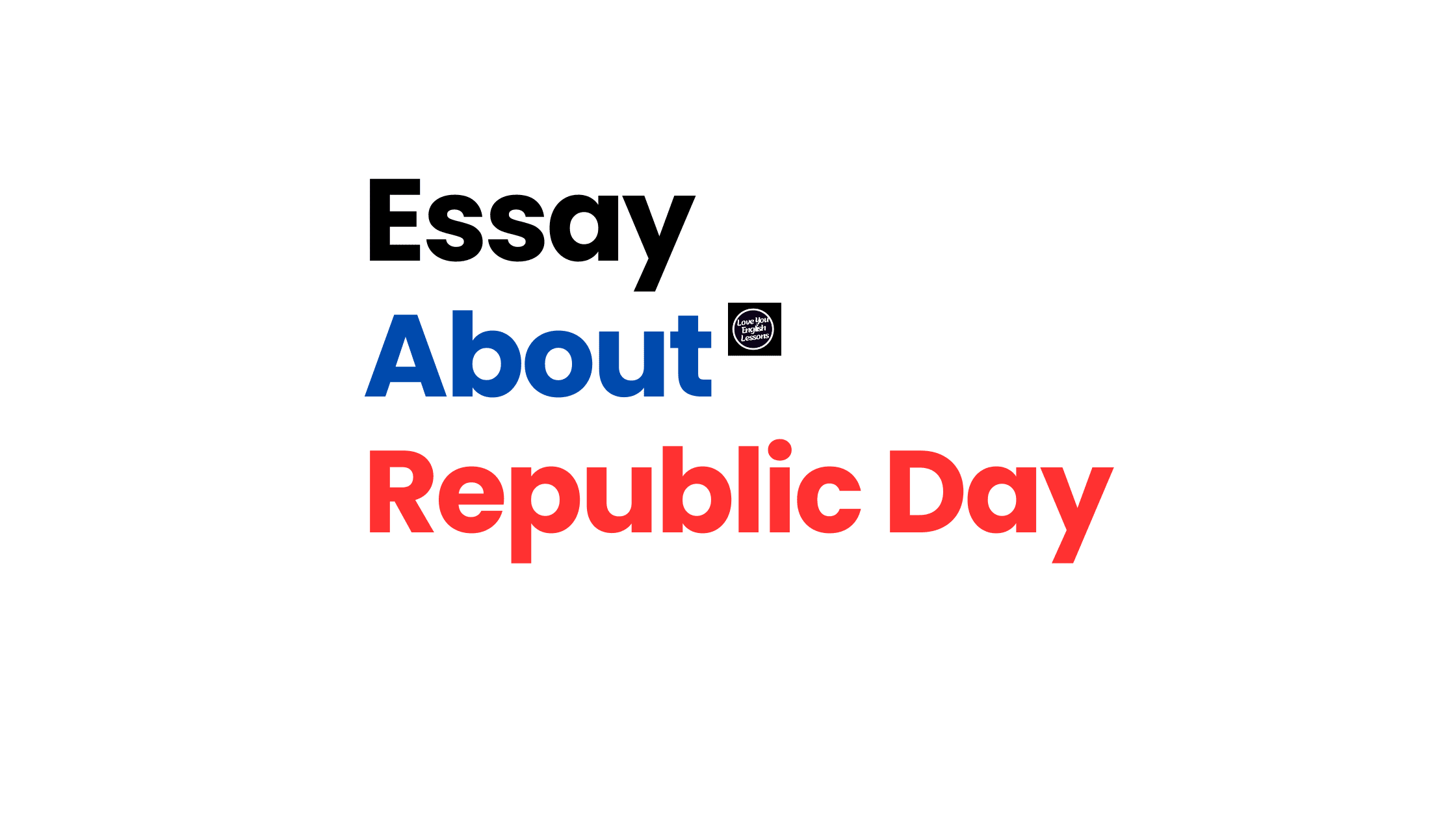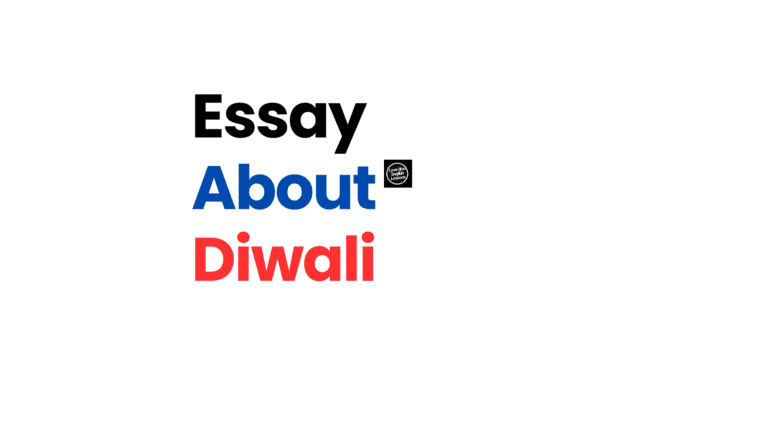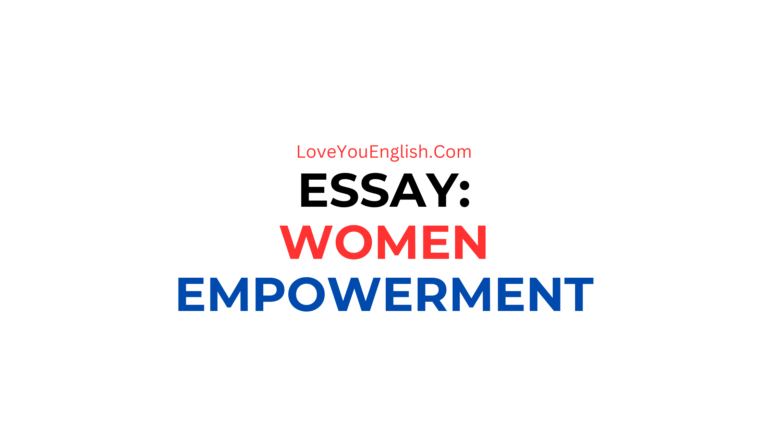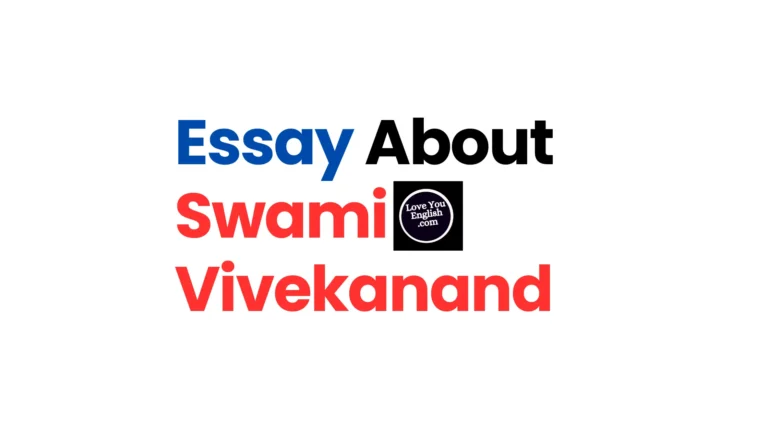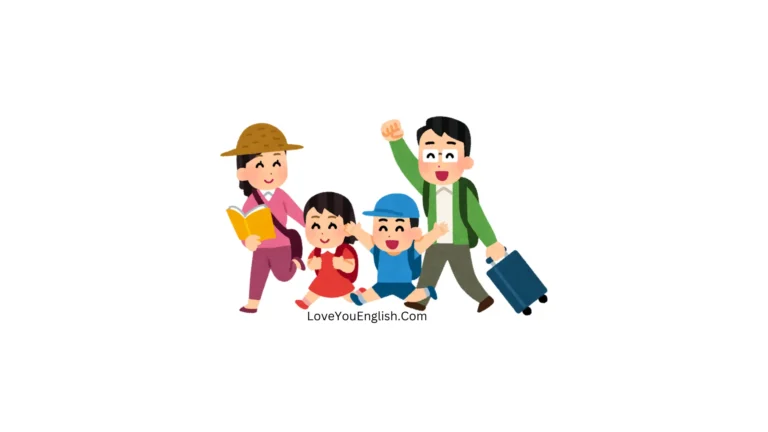Republic Day Essay in English for students
Hello everyone!
Today, let’s talk about Republic Day, a big deal in India that’s all about celebrating the country, its people, and the awesome values that make it tick.
It’s not just a day off work – it’s a massive party with parades, patriotic vibes, and a whole lot of history.
So, grab a cup of chai, get comfy, and let’s dive into the colorful world of Republic Day!
The Birth of the Republic
Okay, first things first – what’s Republic Day all about? Well, it’s the day when India officially became a republic, back on January 26, 1950.
Now, don’t let the word “republic” confuse you. It basically means that India ditched the British crown and decided to run the show independently.
Before 1950, India was all under British rule.
But once the clock struck midnight on January 26, the Constitution of India came into action, making the country a sovereign, democratic republic.
It was like the biggest birthday party ever – a celebration of freedom, democracy, and a fresh start for the nation.
The Constitution
Now, let’s talk about the real MVP of Republic Day – the Constitution of India. Think of it like the rulebook that lays down the dos and don’ts for the country.
Dr. B.R. Ambedkar, the brainiac behind the constitution, did some serious heavy lifting to make sure it covered everything from fundamental rights to the duties of citizens.
On Republic Day, people don’t just wave flags and eat sweets; they remember and salute the wisdom packed into those constitutional pages.
It’s like giving a high-five to the principles that make India, well, India.
Also read:
- Online English Teaching Earning
- How to Teach Online English – Step by Step Process
- How to Get a Teaching Degree Online Fast in 2024
The Mega Parade
Alright, let’s get to the fun stuff – the parade! Republic Day is like the Super Bowl of parades in India.
The main action happens in the heart of the capital, New Delhi, and it’s a spectacle that’s watched by millions across the country.
The parade kicks off with the President of India hoisting the national flag at the iconic India Gate.
Imagine a massive, fluttering flag that’s so big, you can practically see it from space (well, not really, but you get the idea).
It’s a proud moment, and the whole nation tunes in to witness the flag soaring high.
Then comes the parade itself. Picture this: military bands, jawans marching in perfect formation, and tanks rolling down the street. It’s like a show of strength and unity that gives you goosebumps.
Oh, and did I mention the daredevil air show? Fighter jets zoom across the sky, leaving trails of colors that make you go, “Whoa!”
But it’s not just about the military. The parade showcases India’s diverse culture with vibrant tableaus from different states.
Folk dancers, traditional music, and the sheer variety of India’s cultural tapestry are on full display.
It’s like taking a mini tour of the whole country without leaving your seat.
The Showstopper
Now, just when you think the parade stole the show, there’s another epic event – the Beating Retreat Ceremony.
It happens a couple of days after Republic Day and marks the official end of the celebrations.
The ceremony takes place at Vijay Chowk, and it’s like the grand finale of a fireworks show.
The Indian President, along with the three-armed forces, attends the ceremony.
The beating of drums, the playing of bugles, and the tunes of patriotic songs create a magical atmosphere.
It’s a musical extravaganza that wraps up Republic Day with a bang, literally!
You may want to read more:
Patriotic Vibes Everywhere
Republic Day is not just a government affair; it’s a day when the entire nation gets patriotic. Schools, colleges, offices – everyone joins the celebration.
You’ll see kids dressed up as freedom fighters, teachers telling tales of India’s struggle for independence, and workplaces decking up with tricolor decorations.
It’s a day when you can’t escape the national anthem. Every event, every gathering, and every TV channel will play it, and for a good reason – it’s a reminder of the sacrifices made by those who fought for India’s freedom.
Plus, singing along with your pals gives you major feel-good vibes.
The ‘At Home’ Gathering
Now, let’s talk about a tradition that’s like a cool after-party – the ‘At Home’ gathering. The President of India hosts this fancy shindig at the Rashtrapati Bhavan.
It’s like the official afterparty for the parade, where the who’s who of the country, from politicians to celebrities, gather to mingle and celebrate.
The ‘At Home’ is a chance for people from different walks of life to come together and share a few laughs.
It’s not just about politics; it’s about people connecting and celebrating the unity in diversity that defines India.
Republic Day Beyond Delhi
Sure, the grand parade happens in Delhi, but Republic Day is celebrated with equal gusto in every nook and cranny of the country.
From the bustling streets of Mumbai to the serene valleys of Himachal Pradesh, people mark the day in their unique way.
Schools organize flag hoisting ceremonies, cultural programs, and debates on the significance of Republic Day.
It’s a chance for students to get a break from the regular routine and soak in some patriotic fervor. Plus, who doesn’t love a day off from classes?
Community Celebrations
Republic Day is not just about big events; it’s also about community spirit. Housing societies, neighborhoods, and local clubs organize their own little celebrations.
You’ll see aunties competing in patriotic-themed rangoli competitions, uncles grilling up a storm at the community BBQ, and kids running around with flags painted on their faces.
It’s a day when the sense of community gets a major boost. People come together, share a meal, and celebrate the freedom and unity that makes their little corner of India special.
Educational Significance
Republic Day isn’t just a day off work or a reason to throw a party; it’s also an educational opportunity.
Schools and colleges use this day to teach students about the importance of the constitution, the history of India’s struggle for independence, and the values that hold the nation together.
Students often participate in debates, essay competitions, and cultural events centered around the theme of Republic Day. It’s a chance for young minds to understand their role in shaping the future of the country.
Republic Day and Social Media
In the digital age, Republic Day gets a modern twist with social media taking center stage. From patriotic filters on Instagram to Facebook timelines flooded with tricolor posts, the online world gets a vibrant makeover.
People share pictures of their celebrations, thoughtful messages about the significance of the day, and sometimes, a throwback to their school days when they were part of the Republic Day parade.
It’s like a virtual celebration that connects people from different corners of the world, all sharing the same love for their country.
Challenges and Criticisms
Now, like any big celebration, Republic Day isn’t immune to criticism. Some people argue that the grandeur of the parade and ceremonies in Delhi overshadows the ground realities of the country.
Issues like poverty, inequality, and corruption still persist, and Republic Day becomes a time for reflection on how far India has come and how far it still needs to go.
There’s also the debate about the environmental impact of the parade, with concerns about the carbon footprint of the flyovers and the use of military machinery.
It’s a reminder that even in celebration, it’s crucial to be mindful of our impact on the planet.
Conclusion
So, there you have it – Republic Day, more than just a day off. It’s a celebration of India’s journey from colonial rule to a thriving republic.
From the grandeur of the Delhi parade to the local celebrations in neighborhoods, Republic Day is a day when the whole country comes together.
It’s a day to remember the sacrifices of the past, celebrate the present, and dream about the future. It’s about unity in diversity, the power of democracy, and the resilience of a nation that continues to evolve.
So, next time you see those tricolor flags fluttering in the wind or catch a glimpse of the parade on TV, remember – it’s not just a show; it’s a celebration of India, its people, and the values that make it a unique and vibrant republic.
Cheers to Republic Day – the day when the whole nation paints itself in the colors of freedom and unity!
_______________________
